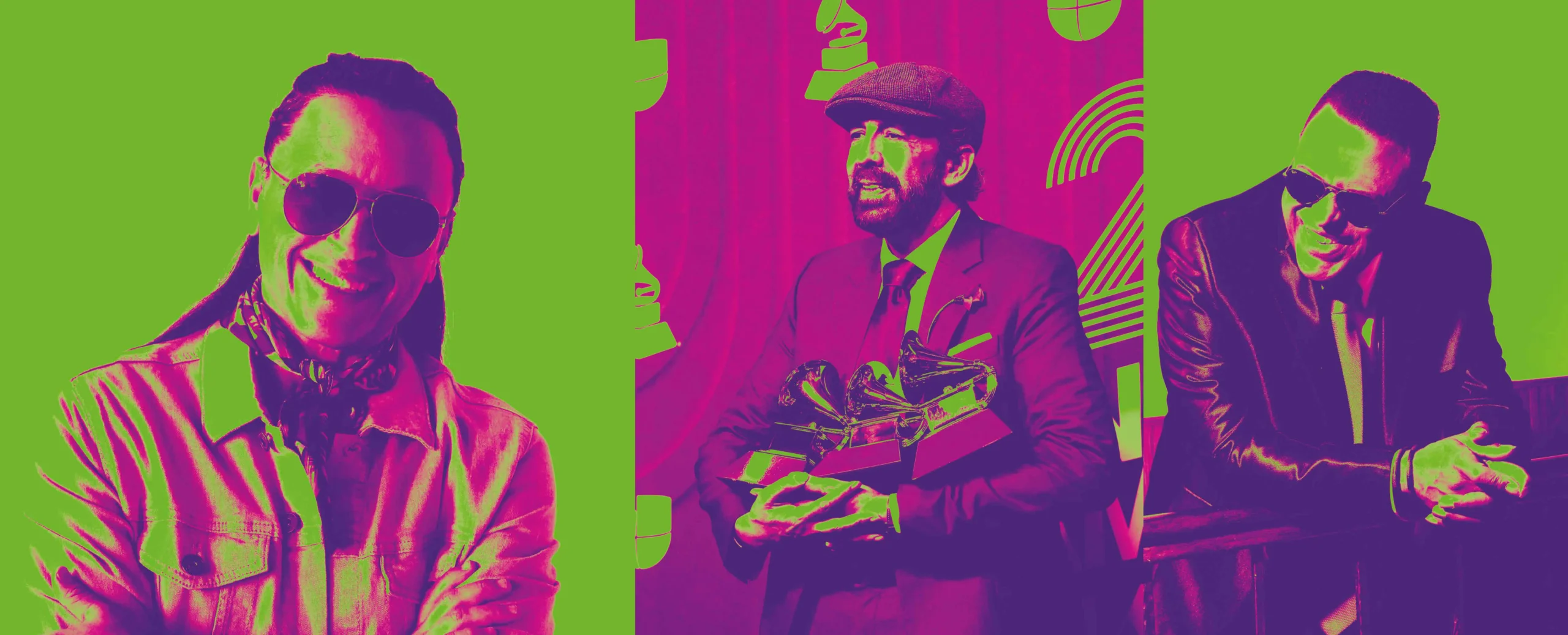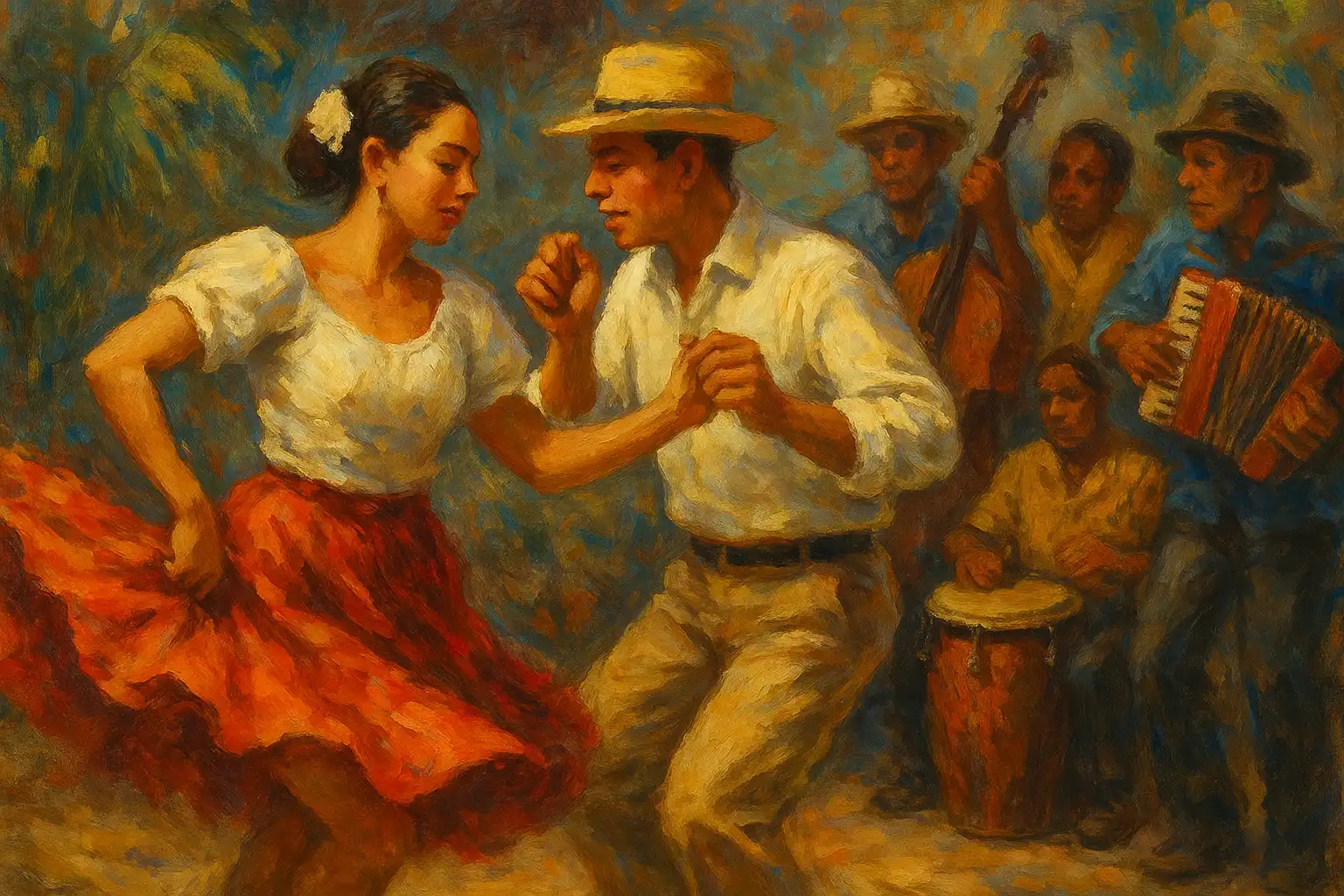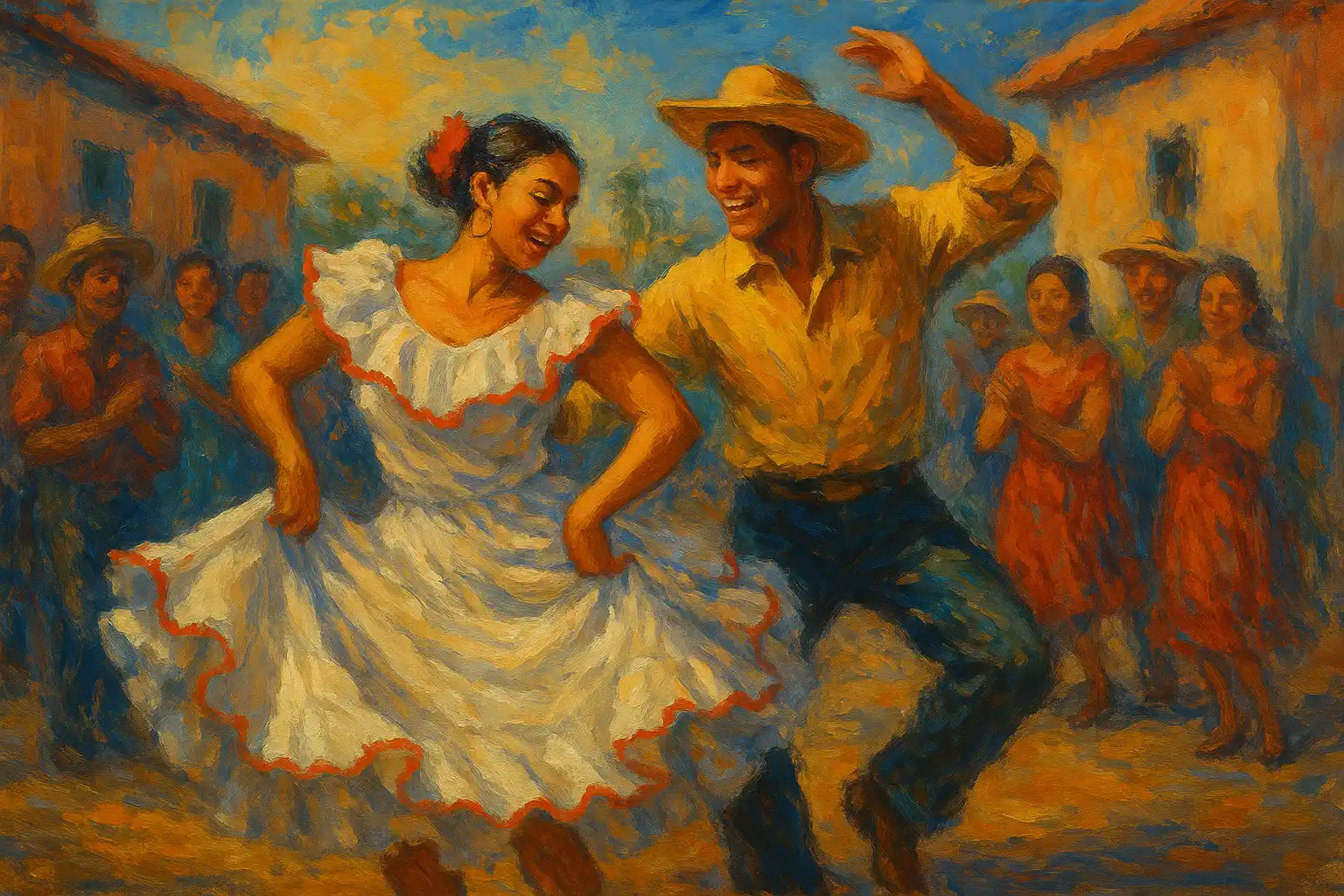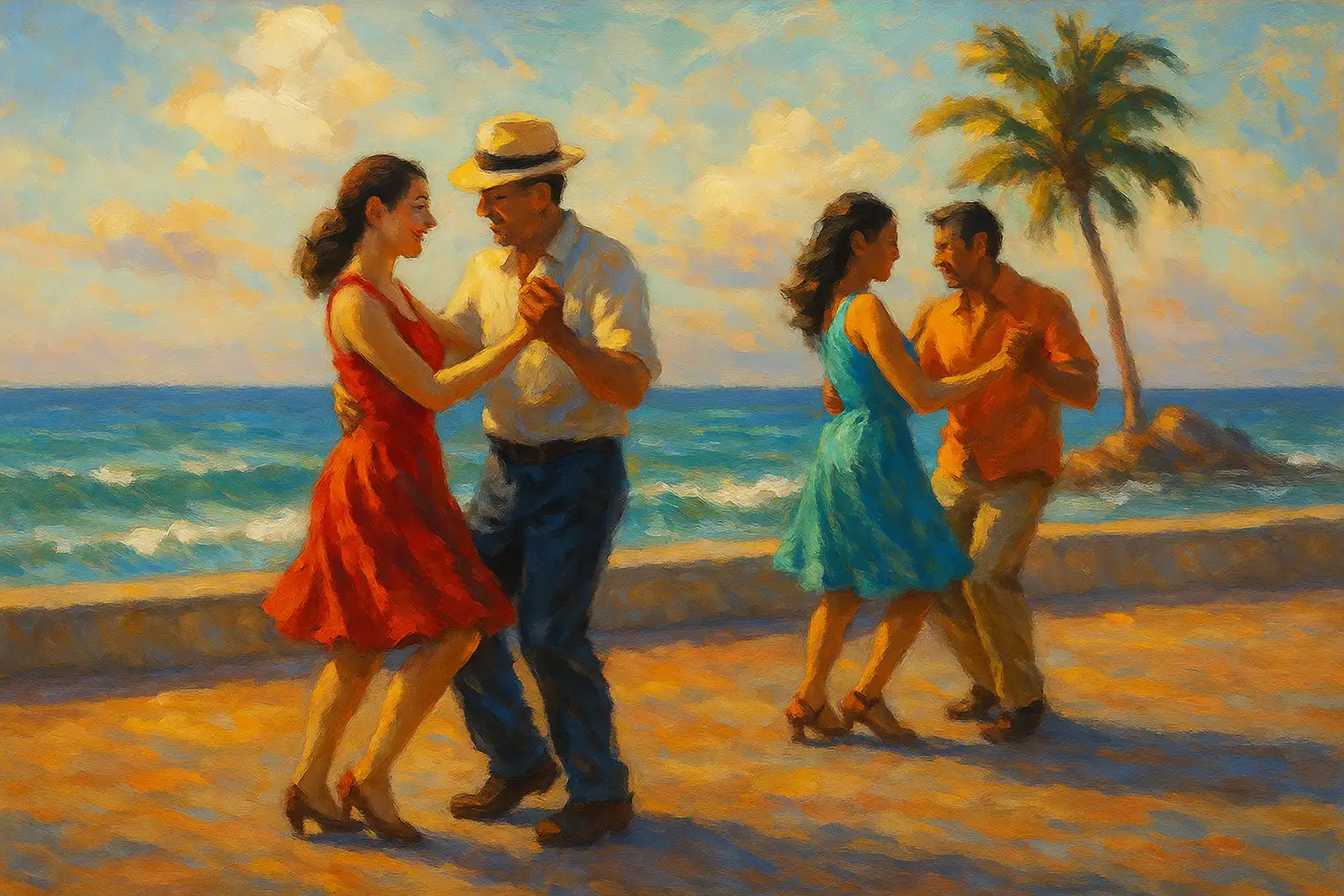By Lorenzo Covarrubias,
PhD in Cultural Anthropology
As Latin rhythms go, and as found in Mazatlán, Sinaloa, or México as a whole…salsa, bachata, and cumbia rule. Salsa and bachata best represent Latin rhythms emanating from the Caribbean (Cuba, Puerto Rico, Dominican Republic), while cumbia is deeply connected to Colombia and México. This doesn’t mean that these musical styles and dance are not present in the other Latin American countries. However, while these styles are present in all of the Americas—Canada and the US included—their origins point to the Caribbean or Colombia.
Case in point is a rhythm known as merengue. Merengue which once rivaled salsa as the most popular Latin style is, along with bachata, from themusically gifted Dominican Republic. To recent practitioners of salsa, bachata or cumbia, especially from the US or Canada, merengue may sound distant or even tasty, as it is also a delicious and sweet dish. But if you’re of certain age as I am
and are interested in Latin music and dance, merengue is not something you have only heard of and haven’t enjoyed. Back in the 1980s, merengue was everywhere. It was salsa’s only rival and a very strong one. In California or New York, for example, the merengue craze was all over the radio, television and live shows.
I have a sweet spot for this music and dance, thus feel nostalgic that it lost the battle for supremacy with salsa, and that it has been supplanted by bachata as the style to dance second only salsa (the ever-present cumbia is in its own powerful and parallel world). In fact and using the several Latin rhythms schools in Sinaloa (Mazatlán, Culiacán, Los Mochis), merengue has been relegated to an
afterthought status, seemingly only listed as a category of dances, but in my experience hardly taught. In fact, and as a telling sign, of the several schools I have visited in California over the years, merengue is not even listed as an option anymore. I still remember when an instructor told a group of students, in Monterey, California, that he was going to teach merengue that day and the ambience quickly shifted downward. So much so that one of the students complained out loud that if she had known, she wouldn’t have gone at all. She was there for salsa or bachata!
Still merengue is acknowledged as the Dominican Republic’s national musical style and is still quite present if you know where to look. Strangely enough, and as it happened with other styles such as Cuban danzón which birthed mambo and cha cha chá, merengue is partly to blame for its own lessened popularity. Danzón, while still the national dance of Cuba, as it developed or modified into mambo or cha cha chá lost ground to the styles it gave birth to. Merengue’s similar fate is linked to bachata’s rise, as
bachata in its basic form is a combination of merengue and bolero.
But, while bachata may be currently more popular, it was in merengue where Dominicanos found their identity. As most other musical styles that are now national dances of specific Latin American countries (danzón in Cuba, mariachi in México, cumbia in Colombia, tango in Argentina), merengue started with lower, working or rural classes…and thus not deemed sophisticated enough
by their own dominant societies. In the Dominican Republic, it took the arrival by force of President Rafael Trujillo in the 1930s, who because of his poor and humble beginnings established merengue as the national music of the country, much to the chagrin of the traditional ruling elite. Merengue, as other Latin American styles, emerged in the middle 1800s. So, it was long in coming. But, the fact that it also has strong African influences—along with European and Indigenous—didn’t make it palatable enough to a country or society that was and still is very Hispanic, regardless of racial makeup. Nevertheless, that official act made merengue musicians quite famous and important overnight, and ever since Dominican society found its common denominator as a nation in music…merengue music. Dominican Juan Luis Guerra, was one of the leading musicians who helped take merengue to international heights. In salsa-rich Puerto Rico, Elvis Crespo also emerged as a leading exponent…search for ‘Suavemente’ in the Internet, and you’ll find out why. In New York City, the group Fulanito quickly expanded it’s reach within the Latino/Hispanic population with a newly-found ethnic pride.
In Mazatlán, it is common for schools specializing in Latin rhythms to partner with particular nightspots on specific restaurants & nights. It was pure joy to see the fast-paced merengue one step in all its glory…sideways, front and back, turns, combinations, synchronicity, and lots of smiles and shouts from other dancers as merengue is a dance that elicits joy.
Different from Canada and the US where race and gender are the two preferred ways that social scientists use to understand one’s belonging or positions in society (class in Europe), in Latin America is through history and culture. One important window is through music and dance. That being said, merengue holds a special place as it was the original way that Dominicanos used, and still use, to represent their ethnicity and nationality. Music and dance go beyond the fun and joy their bring to us…merengue, is a reminder of that.








Comments (0)